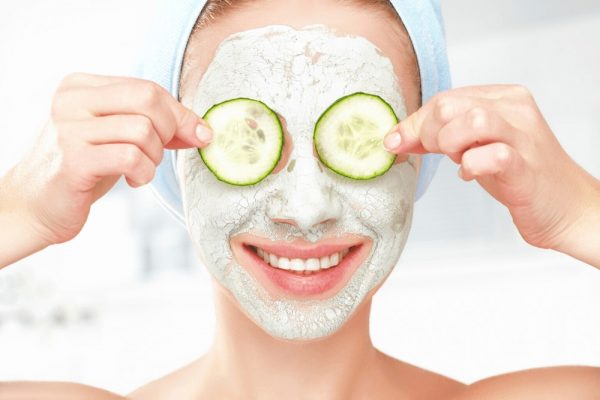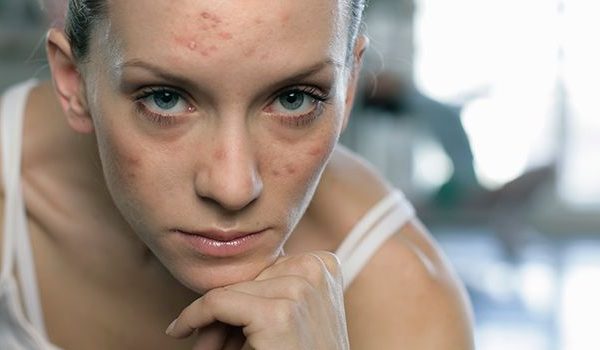Most of us are born with healthy, supple skin. Then, albeit with differences due to genetics, factors arrive that leave their mark: age, exposure to UV rays, smoking, alcohol, lack of rest, and stress. And what do we know about nutrition and its effects on the skin?
Even what we eat can make a difference. The skin is a tissue with a high proliferative potential, which requires an adequate supply of nutrients. Its general state is the combined result of hydration, sebum content, and surface acidity.
Let’s see what are the main “friends for the skin” in our diet:
Water: pure or in drinks and foods, it is essential for hydration and fundamental in a healthy diet;
Vitamin A: β-carotene in plant foods is converted to vitamin A in the skin, affecting skin thickness and color, sebaceous gland function, hair, and nail growth;
Vitamin C: promotes the formation of the epidermal barrier and collagen; protects cells from oxidation by contrasting aging and promotes the repair of damage caused by UV radiation or other environmental factors;
Vitamin E: synthesized exclusively by plants, it is taken with food. It contributes to the skin’s antioxidant defenses, it also shows photoprotective, firming, and moisturizing properties useful for improving elasticity, structure, and softness;
Minerals: they are essential micronutrients that cannot be synthesized in humans and therefore must be obtained from food: calcium, phosphorus, potassium, sodium and magnesium, iodine, sulfur, zinc, iron, chlorine, cobalt, copper, manganese, molybdenum, and selenium. Their deficiency hurts human health, even on the skin;
Unsaturated Fatty acids: Omega-3 and omega-6 fatty acids, which play a role in the prevention of cardiovascular disease, are also good for the skin. A lack of them can lead to dryness, peeling, flaccidity, increased susceptibility to irritation, and slower healing.
They are found above all in vegetable oils obtained from seeds, fruit (olives, avocados), nuts, and sprouts, in oily fish and salmon ;
Polyphenols: they are compounds widespread in the world of plants, they accelerate the natural regeneration of the epidermis, stabilizing the capillaries, improving microcirculation and elasticity, and protecting against harmful external factors, including UV rays.
They are found in pomegranate, blackberries, blueberries, plums, cherries, strawberries, raspberries, grapes, apples, peaches, apricots, nectarines, and pears, in flax and soybeans, in chestnuts, walnuts, hazelnuts, pecans and almonds, olives black and green, artichokes, red and green chicory, onions, spinach, broccoli, asparagus, lettuce, green tea;
Carotenoids: are pigments that give the yellow, red, or orange color to flowers, fruits, or leaves. Found in fruits such as mangoes, melons, citrus fruits, tomatoes, and vegetables such as red peppers and dark green leafy cabbages, they stimulate collagen and elastin production, improve UV filtering, and exhibit anti-inflammatory effects. They have been shown to improve skin elasticity, hydration, and texture.


